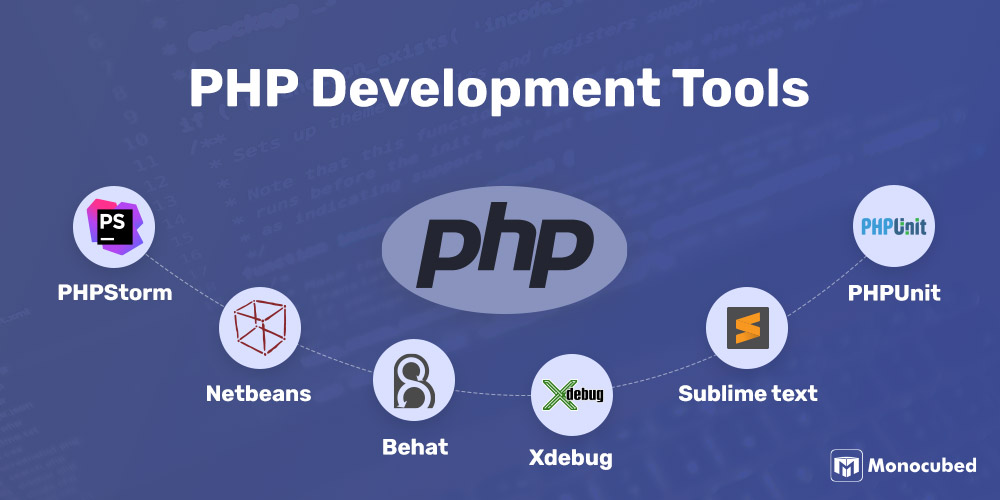Unveiling the Secrets of Ghosted Domains
Explore the intriguing world of expired domains and online opportunities.
PHP: The Secret Sauce Behind Dynamic Websites
Unlock the magic of PHP and discover how it powers dynamic websites! Dive in to spice up your web development game today!
Understanding PHP: How It Powers Dynamic Web Applications
PHP, which stands for Hypertext Preprocessor, is a powerful server-side scripting language widely used for creating dynamic web applications. Its flexibility and ease of integration with HTML allow developers to generate custom content based on user interactions and data processing. Unlike static HTML pages, dynamic web applications powered by PHP can display different content to different users, update in real-time, and work seamlessly with databases such as MySQL. This adaptability makes PHP an essential tool for modern web development, allowing for features such as user authentication, data management, and personalized user experiences.
One of the key benefits of using PHP is its versatility in handling various web development tasks. With a rich ecosystem of frameworks, such as Laravel and Symfony, developers can streamline their coding processes and implement best practices for dynamic web applications. Furthermore, PHP supports a range of databases, enabling robust data manipulation and retrieval. For instance, a typical dynamic web application might use PHP to handle form submissions, interact with a database to store user information, and generate HTML content on-the-fly based on user input. This combination of features not only enhances the functionality of websites but also contributes to a more interactive and engaging user experience.

Top 5 PHP Features That Make Your Website Interactive
When it comes to creating interactive websites, PHP stands out with its dynamic features. One of the top features is its ability to handle forms seamlessly. Using PHP, developers can collect user input, process it, and respond accordingly, which is essential for any interactive website. This means you can create personalized experiences for users, whether it's through feedback forms, search bars, or login areas. The capability to validate data on the server side ensures that the inputs are sanitized and secure, enhancing the functionality of your site.
Another significant feature of PHP is its support for sessions and cookies. This ability allows developers to track user activity and preferences, making it easier to create a more engaging and customized browsing experience. For example, you can remember user login details, show recently viewed products, or provide tailored content based on user behavior. By leveraging these features, you can significantly boost user interaction and retention on your website, providing visitors with content that resonates with their interests.
Why Choose PHP for Your Next Web Development Project?
PHP is one of the most popular server-side scripting languages, making it an excellent choice for your next web development project. Its versatility and ease of use allow developers to create dynamic and interactive websites with relatively simple code. With a rich ecosystem of frameworks such as Laravel and Symfony, PHP streamlines the development process, enabling teams to build robust applications efficiently. Furthermore, being an open-source language, PHP offers cost-effective solutions for startups and enterprises alike, reducing overall project expenses.
Another significant advantage of using PHP is its strong community support. With a vast number of resources, tutorials, and forums available, developers can easily find solutions to common problems and share knowledge with peers. Additionally, PHP is continuously evolving, with improvements and new features being introduced regularly. This keeps your applications compatible with modern web standards and enhances their performance, making PHP a reliable choice for future-proof web development projects.